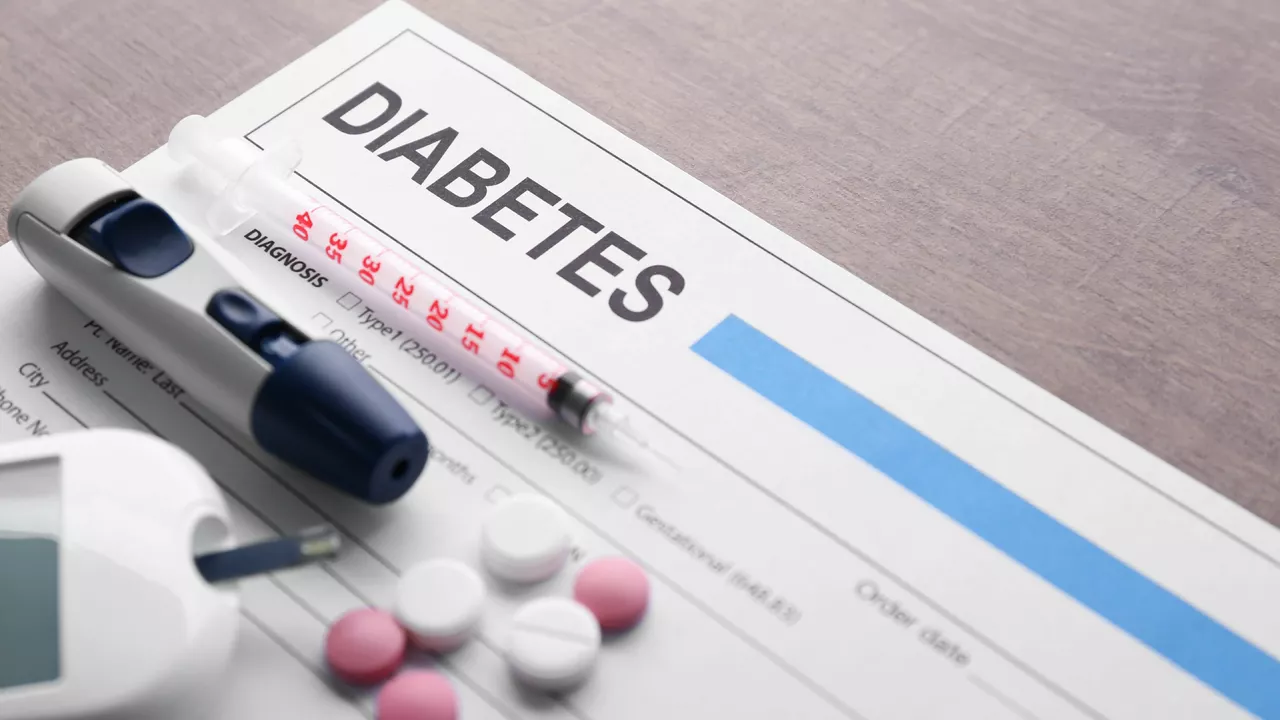Type 2 Diabetes: What You Need to Know
If you’ve heard the term “type 2 diabetes” but aren’t sure what it really means, you’re not alone. It’s a condition where your body can’t use insulin effectively, leading to higher blood sugar levels. Over time, those numbers can affect everything from energy levels to heart health.
Understanding the Basics
The core issue is insulin resistance – your cells ignore insulin’s signal to pull glucose from the bloodstream. This isn’t a sudden problem; it often develops slowly as weight, age, genetics, and lifestyle pile up. Common signs include frequent thirst, extra trips to the bathroom, blurry vision, or just feeling unusually tired.
Diagnosing type 2 diabetes usually involves blood tests like A1C, fasting glucose, or an oral‑glucose tolerance test. An A1C of 6.5% or higher typically confirms the diagnosis. Once you know where you stand, you can start a plan that mixes diet, movement, and possibly medication.
Practical Ways to Keep Blood Sugar in Check
The first line of defense is food. Aim for balanced plates with plenty of non‑starchy veggies, lean proteins, healthy fats, and whole grains. Cutting back on sugary drinks and refined carbs can make a noticeable difference within weeks.
Exercise works hand‑in‑hand with diet. Even a brisk 30‑minute walk most days helps your muscles use glucose without needing extra insulin. If you’re new to activity, start slow – a short jog or a bike ride can be enough to boost sensitivity.
If lifestyle tweaks aren’t enough, doctors may prescribe meds like metformin, GLP‑1 agonists, or SGLT2 inhibitors. Each works differently: metformin reduces liver glucose production, while GLP‑1 drugs help you feel fuller and lower blood sugar after meals. Your provider will choose based on your health profile.
Monitoring is key. A simple finger‑stick test a few times a week lets you see how food, stress, or meds affect your numbers. Many apps now sync with glucometers, making trends easy to spot.
Beyond the basics, GoodRx.SU offers deep dives on specific drugs, diet plans, and real‑world tips from people managing type 2 diabetes every day. Browse our articles for medication safety guides, meal‑prep ideas, and the latest research updates.
Living with type 2 diabetes is a marathon, not a sprint. Small daily choices add up, and you don’t have to figure it out alone. Check back often for fresh advice, tools, and community stories that keep you motivated on the road to better blood sugar control.

The Benefits of Mindfulness for Type 2 Diabetes Management
Finnegan O'Sullivan Jun 18 20In my recent research, I've discovered that mindfulness can be incredibly beneficial for managing Type 2 diabetes. By practicing mindfulness, individuals can reduce stress and anxiety, which in turn has a positive impact on blood sugar levels. It also helps with making healthier lifestyle choices and improving overall emotional well-being. Furthermore, mindfulness can enhance self-awareness, enabling people to better understand their body's needs and reactions to certain foods or medications. Overall, incorporating mindfulness into a daily routine can significantly improve the quality of life for those living with Type 2 diabetes.
More Detail